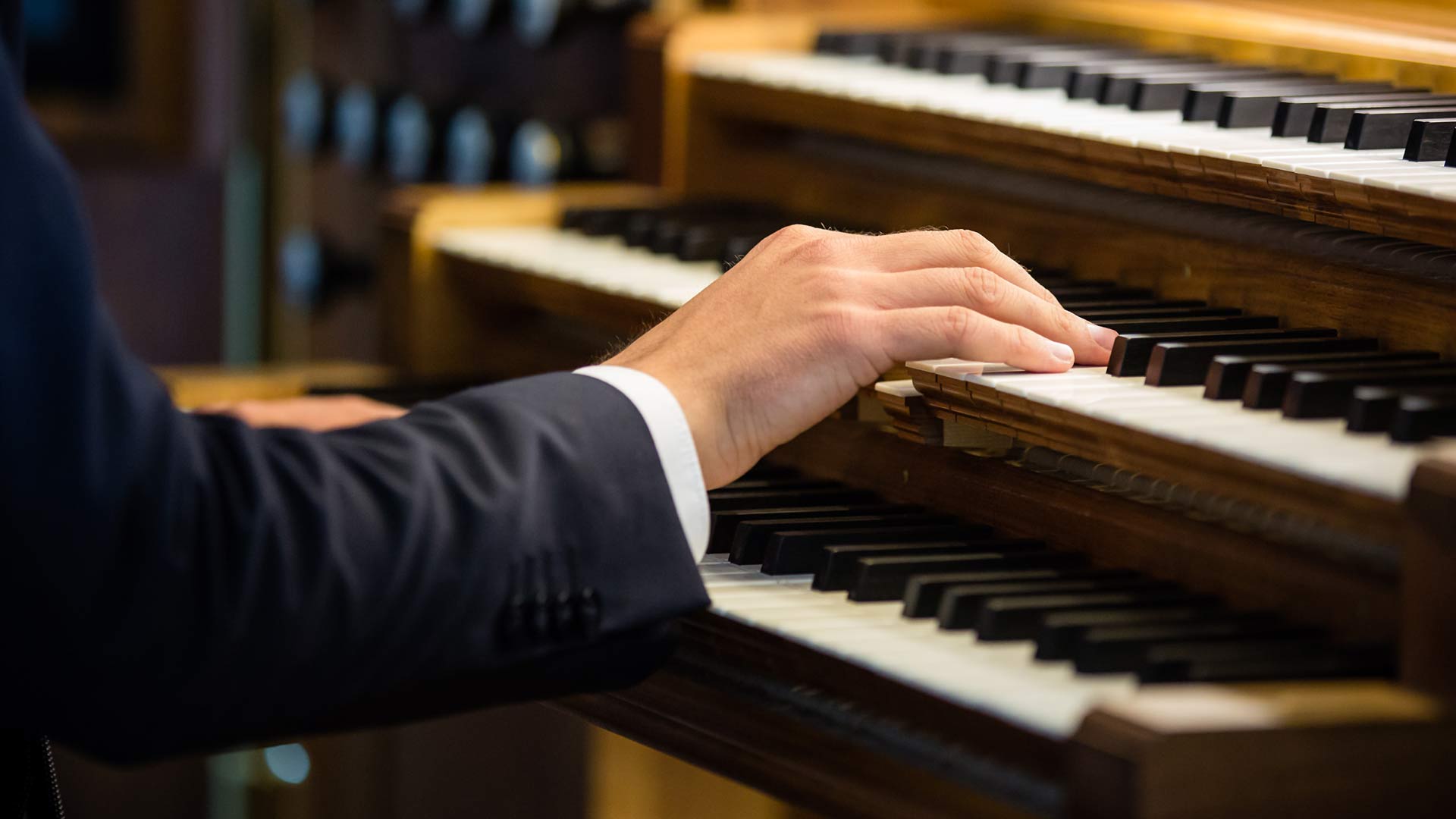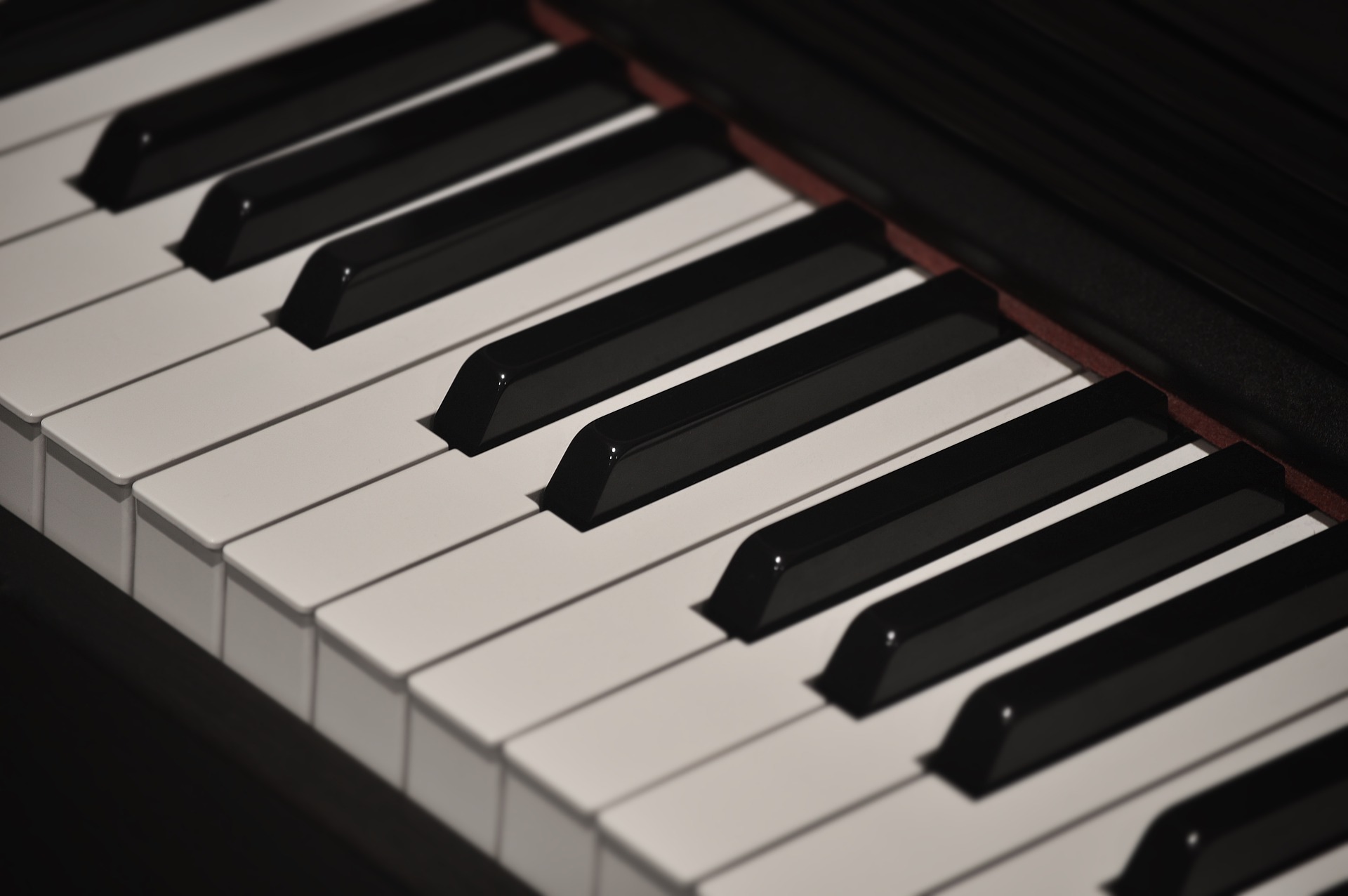

If the parts are in open score, the accompanist needs to be able to read up to four parts at once – this is an advanced skill, but professional accompanists are expected to be able to do it.

So, for example, if the altos are singing on their own, it is usually helpful for them to hear some of the tenor and bass parts and/or accompaniment, but not the soprano part (this can be difficult when playing the bass part, so this more often needs to be played on its own). Any other parts or notes being played need to be below the part being sung, not above. This is because many singers judge their pitch and the intervals they need from other parts, and from the harmonic context. As the singers become a little more confident, some of the other parts and/or piano accompaniment should be played.Notes in the middle of the piano are easier to pitch, so it is best to double the higher parts with the octave below, and the lower parts with the octave above. Sometimes, it may be worth playing the part in octaves (doubling the notes to be sung with the octave above or below). But to be any use to the choir, these notes need to played very slightly ahead of them (only a split second), certainly not behind. If a single voice part is being asked to rehearse a difficult short phrase that they are having trouble with, it may be best to play only the notes that they need to sing, as they sing them.Being able to provide the best type of accompaniment for conductor and singers will come with experience, but here are some guidelines. The type of accompaniment required depends on the context. Make sure you position the piano, or yourself in such a way that you have a clear view of the conductor.On the day of the performance be prompt and dress appropriately.Make certain adjustments to your playing to suit the singers’ vocal style and technique.

Run-through the piece several times with the singer you’re going to accompany.Make sure to practice the piece you’re going to play.


 0 kommentar(er)
0 kommentar(er)
